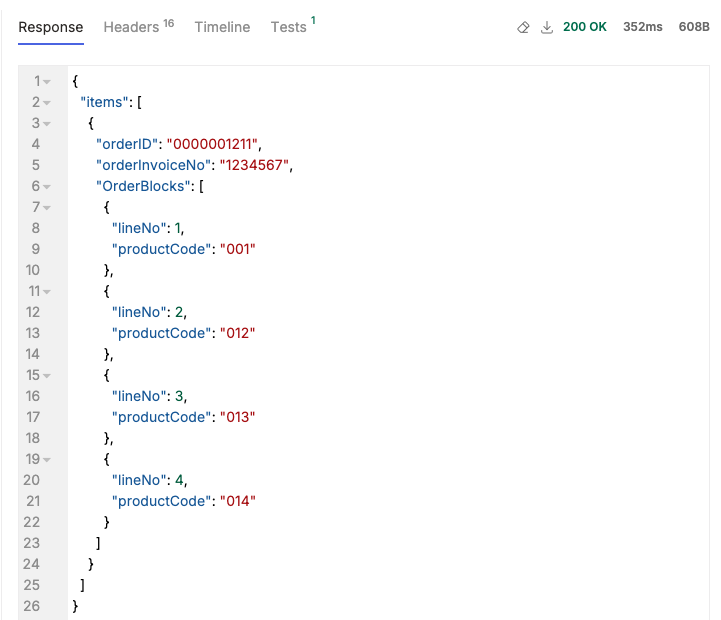Most of us are increasingly turning to AI-powered tools, and for good reason... it's wildly...
Testing JSON Properties in Bruno
JSON (JavaScript Object Notation) is the go-to format for sending and receiving data in modern web APIs. Its simplicity, readability, and wide support across programming languages make it a favorite among developers. While XML had its moment, JSON has clearly taken the lead, especially in the world of REST APIs.
In this guide, we’ll walk through the basics of JSON architecture and structure, followed by real-world examples of how to access and test JSON properties using Bruno—an open-source, Git-sync'd, API client that puts developers first.
A Quick Primer on JSON
JSON represents data as key-value pairs and supports objects, arrays, strings, numbers, booleans, and null values. Here’s a simple JSON object:
{
"name": "Bruno",
"email": "hello@usebruno.com",
"twitter": "@use_bruno",
"github": "usebruno"
}And here's a more complex nested structure:
{
"items": [
{
"orderID": "0000001211",
"orderInvoiceNo": "1234567",
"OrderBlocks": [
{
"lineNo": 1,
"productCode": "001"
},
{
"lineNo": 2,
"productCode": "012"
}
]
}
]
}Despite its nested nature, the data is easy to work with in Bruno thanks to its built-in JSON viewer, which formats responses cleanly and makes it easy to collapse and expand sections.

Real-World Bruno Test Examples
If you want to follow along or play with these yourself, the examples below as well as some other requests are available in a collection hosted in a public GitHub repository. Click the 'Fetch in Bruno' button below to automatically clone the repo and import the collection!
✅ Example 1: Validate Key Names and Values
test("OrderBlock has expected lineNo and productCode", () => {
const jsonData = res.getBody();
const firstBlock = jsonData.items?.[0]?.OrderBlocks?.[0];
expect(firstBlock).to.have.property("lineNo");
expect(firstBlock).to.have.property("productCode");
expect(firstBlock.lineNo).to.equal(1);
expect(firstBlock.productCode).to.equal("001");
});✅ Example 2: Find a Block by lineNo
test("Find OrderBlock by lineNo", () => {
const jsonData = res.getBody();
const blocks = jsonData.items?.[0]?.OrderBlocks;
const match = blocks.find(b => b.lineNo === 3);
expect(match).to.be.an("object");
expect(match.productCode).to.equal("013");
});✅ Example 3: Flatten Nested Arrays of lineNo Values
test("Flatten all lineNo arrays", () => {
const jsonData = res.getBody();
const blocks = jsonData.items?.[0]?.OrderBlocks;
const allLineNos = blocks.flatMap(b => b.lineNo);
console.log("All lineNos:", allLineNos);
expect(allLineNos.length).to.be.greaterThan(0);
});Try It Yourself in Bruno
You can run these tests by cloning the public collection on GitHub. Just click on the 'Fetch in Bruno' Button below!
If you want to navigate to the repo directly, you can find it here.
Final Thoughts
JSON is foundational to modern APIs, and Bruno makes working with it simple and elegant. Whether you're debugging a response, writing a test, or building a mock, Bruno helps you focus on what matters — your data.
To learn more, check out the Bruno docs or join the Bruno GitHub community.





